
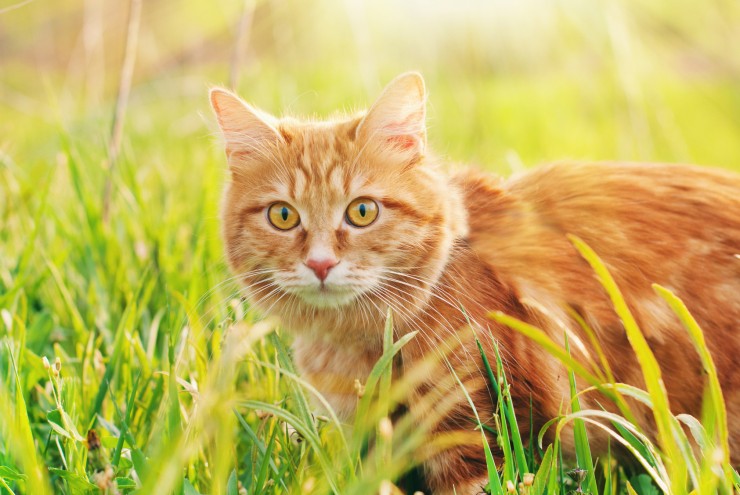
Feline infectious anaemia (FIA) is also known as a haemoplasma infection, which is the term used to describe a health condition caused by a certain type of bacteria known as mycoplasma. These mycoplasmas, collectively called haemoplasmas, infect the body’s red blood cells, leading to them becoming damaged, which can in turn lead to anaemia.
In this article, we will look at FIA in more detail, including how it occurs, how it is spread, what it means for affected cats, and how it can be treated. Read on to learn more.
Haemoplasmas begin life on the outside surface of red blood cells, but can, in some cases, begin to invade the body of the red blood cells themselves. Just the process of attaching to the outside of the cells damage them, leading to the death of the individual cell itself, and if this happens in large enough quantities, anaemia can develop as a result of this.
To further complicate matters, as the cat’s own immune system begins to attack the haemoplasmas as part of the body’s natural defence against invaders, this too can increase the die-off rate of the body’s red blood cells, worsening the problem.
It is not known for sure how many different species of haemoplasma exist in total, but there are at least three species that can be found in cats, each of which has a slightly different deleterious effect on the red blood cells, and present with slightly different symptoms.
It is entirely possible too that a cat may have Mycoplasma haemofelis bacteria present within the body without this leading to any problems, but should the cat have a compromised immune system, particularly if this is caused by another serious condition such as FIV or FeLV, the bacteria are likely to become problematic as the immune system of the cat is less able to handle them.
The core symptoms of FIA in cats include anaemia, which may also come accompanied by a higher than normal body temperature during the early stages of the condition. Other symptoms can include weakness and lethargy, loss of appetite, and pale gums. In some cats, the condition will also lead to an increased heart rate and respiration rate, and potentially, weight loss.
However, all of these symptoms can also be indicative of various other forms of anaemia too, and so do not definitively indicate a diagnosis of FIA.
In order to get a definitive diagnosis of FIA, your vet will need to run a blood test to detect the presence of the haemoplasmas in the blood, which usually takes the form of a molecular test that detects specific genetic markers of organisms such as haemoplasmas in the bloodstream. Such testing will also identify which of the three species of haemoplasmas are present, which can help with deciding on how to proceed with care.
Because FIA is a bacterial infection, antibiotics are usually used to clear it, and in most cases, a reasonably long course of antibiotics will be required. If the cat’s own immune system is found to be contributing to the ongoing destruction of the body’s red blood cells, corticosteroids may also be prescribed in order to suppress this action of the immune system.
If the anaemia is very acute and placing the life of the cat at risk, blood transfusions may also be required to support life during recovery. Fortunately, the type of anaemia caused by FIA is known as a regenerative anaemia, meaning that it does not stop the body’s bone marrow from actually producing healthy red blood cells in the first place, and so over time, once the bacteria itself has been eradicated, red blood cell production will return to healthy levels.
FIA is not a condition that your cat can be vaccinated against, and the condition is not classed as a breed-specific or congenital one, so no particular type of cat is considered to be more at risk of the condition than others. Some cats that carry the bacteria may never become ill with it themselves, but they can still pass the bacteria onto other cats, and of course, also run the risk of the bacteria becoming problematic if at some point their own immune system becomes compromised.
Even after recovery from the condition with successful treatment, a cat that has suffered from FIA once may go through repeated incidences of the condition in the future, and this is particularly likely to occur at times when the cat might feel stressed or unsettled, as this in itself can lead to the suppression of the cat’s immune system.
 Positive Steps To Safeguarding Your Dog From Being Stolen
Positive Steps To Safeguarding Your Dog From Being Stolen
 How To Find Out The Temperament Of A Puppy Within A Litter
How To Find Out The Temperament Of A Puppy Within A Litter
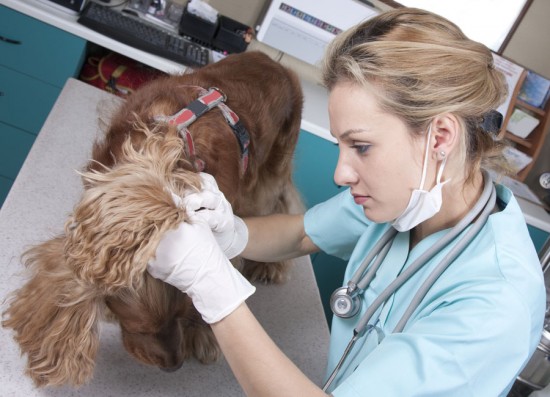 Alopecia In Dogs - What To Do If Your Dog Is Losing His Fur
Alopecia In Dogs - What To Do If Your Dog Is Losing His Fur
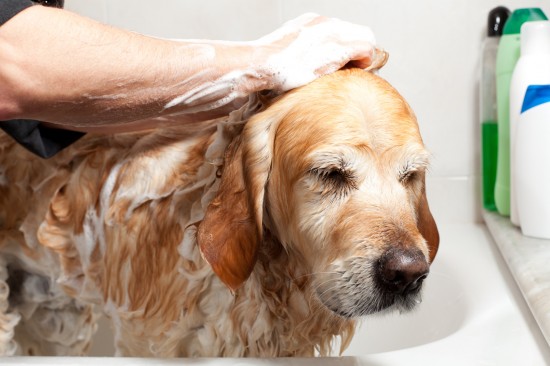 Help! My Dog Smells Terrible!
Help! My Dog Smells Terrible!
 4 Common Myths About Canine Spaying And Neutering
4 Common Myths About Canine Spaying And Neutering
 Is Having Two Cats Together Better Than One?
Is Having Two Cats Together Better Than One?
 Getting Veterinary Care For Exotic Pets
Getting Veterinar
Getting Veterinary Care For Exotic Pets
Getting Veterinar
 Showing Your Native Pony
Showing Your Nati
Showing Your Native Pony
Showing Your Nati
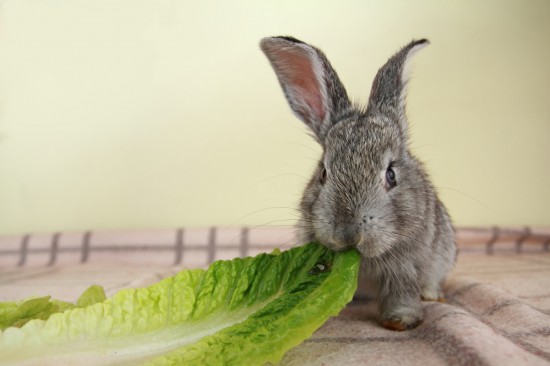 Rabbit Nutrition – 8 Faqs And Answers
Rabbit Nutrition
Rabbit Nutrition – 8 Faqs And Answers
Rabbit Nutrition
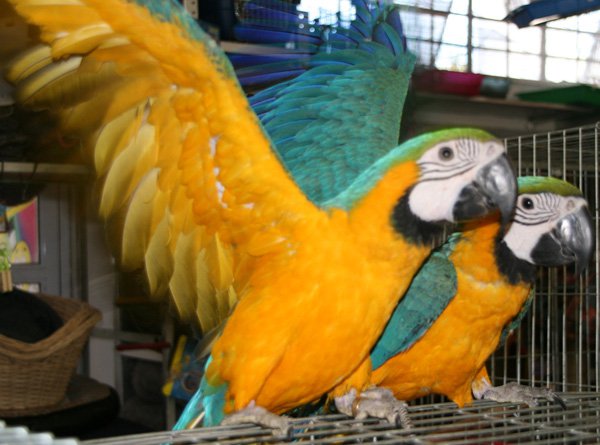 How the nitrate water filter helpful to maintain balance in the aquarium?
How the nitrate water filter helpful to maintain balance i
How the nitrate water filter helpful to maintain balance in the aquarium?
How the nitrate water filter helpful to maintain balance i
 Is A Schipperke The Right Dog For You?
Is A Schipperke T
Is A Schipperke The Right Dog For You?
Is A Schipperke T
Copyright © 2005-2016 Pet Information All Rights Reserved
Contact us: www162date@outlook.com